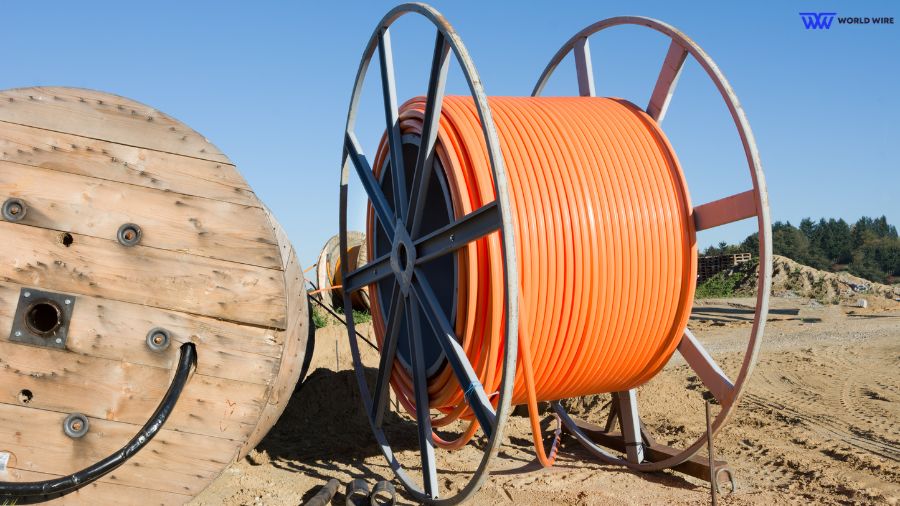States announced that they will rule out the $42.5 billion Broadband Equity Access and Deployment (BEAD) program, granting them the authority to choose project areas for broadband improvement.
However, the approach varies significantly from state to state. Under these state-led initiatives, internet service providers are granted flexibility to define their own project areas.
However, as per one of the reports, Jim Stegan, CEO of CostQuest, said, “A fixed project area may favor one type of provider over others.”
He further added, “Defining smaller areas and allowing providers to create areas more in line with their specifics may increase participation and increase competition. These increases can create a more efficient outcome for the state.”
CostQuest is the location database manager of the National Broadband Map. It depicts and highlights the types of areas required to improve internet access, which helps states decide whether to raise money through BEAD funding.
CostQuest has identified at least seven different methods that states can use to define project areas for improving internet access. Here are they listed:
- Geographic Boundaries: States can simply use existing geographic borders, like county lines or city limits, to define project areas.
- Census Blocks: In this method, small geographic areas are defined by the U.S. Census Bureau. States can target areas with low internet access within these blocks.
- Clusters: States may choose to group areas with similar characteristics, such as population density or economic need, into clusters. This allows for more targeted efforts in areas with common challenges.
- Hex9s: This method uses a grid system called Hex9s to divide the state into smaller areas.
- Sub-Project Areas (SPAs): When subdivided into clusters, Hex9s are known as sub-project areas (SPAs). Providers can choose to focus on improving internet access in these smaller, more defined areas.
- Self-Defined Areas: In some states, internet providers themselves can define the areas they want to serve. This gives providers more flexibility but also requires oversight to prevent overlap and ensure comprehensive coverage.
- Other Custom Criteria: States may also use other criteria, such as economic development zones or school district boundaries, to define project areas based on specific needs and goals.
In reading the rules for the state, Stegeman said, “I didn’t see that they had to be contiguous.”
He also highlighted the variations in how states allow providers to define their project areas.

In Louisiana, providers can define their project areas by combining clusters of Hex9s, called sub-project areas (SPAs), with a preference for contiguous SPAs.
Wisconsin allows providers to aggregate biddable units based on broadband serviceable locations (BSLs) for their project areas, penalizing non-contiguous units.
Texas offers the most flexibility, allowing providers to group individual BSLs without requiring contiguity for their proposed project areas.
Along with the opportunities, this system also presents challenges, particularly regarding overlapping project areas.
In scenarios where two providers claim the same SPA but also bid on other areas. Louisiana’s protocol dictates that the highest-scoring provider in the initial round secures funding for the overlapping zone.
The competing provider’s bid for that specific area is consequently rejected. However, the unsuccessful provider retains the opportunity to reapply in subsequent rounds for the segments not secured by the winning bid.
In Texas, they plan to sort out overlaps through negotiations since projects are defined at the BSL level, “the complexity of confliction will be massive,” Stegeman said.







Add Comment